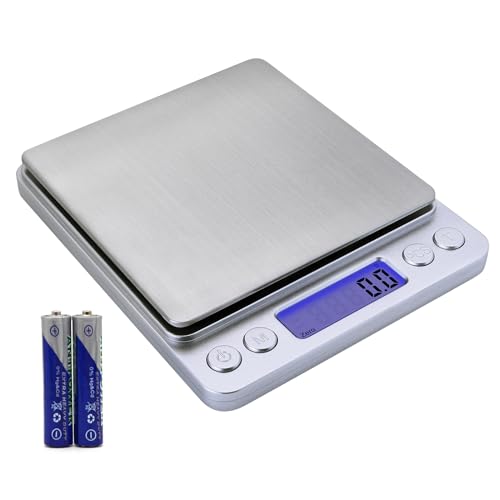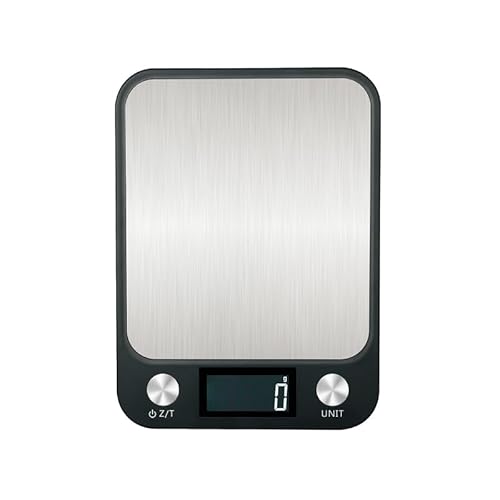GinangO
Member
This is my 5th time experimenting with recipes that has soy wax in it. Why do I keep working with it? - I simply love the results that I get - pretty texture, hard bar, great lather.. for me, best soap I've made so far next to lard. However, I see myself panicking every time I reach trace coz I know I have such little time before it solidifies. I prepped everything before hand - the EOs, clays. This time I reduced the amount of soy wax and made sure to soap atleast 120F, doing it in my crockpot to keep the temp above that but not too hot and just reached light trace... it was going good until I transferred the batter to the funnel pitcher, hoping to make two separate batters for my colorants and as I pour them they have become thick already and within seconds have solidified so I've never got to swirl  I'm thinking if I should reduce it significantly (it was at 15.5%) or just lose it altogether. I know I can use lard but people tend to get turned off when they learn there's pork fat in my soap. If I only do a single color soap though, it would be easier..but I was hoping to do different swirl techniques too. How do I keep this batter fluid? I welcome any thoughts/suggestions.
I'm thinking if I should reduce it significantly (it was at 15.5%) or just lose it altogether. I know I can use lard but people tend to get turned off when they learn there's pork fat in my soap. If I only do a single color soap though, it would be easier..but I was hoping to do different swirl techniques too. How do I keep this batter fluid? I welcome any thoughts/suggestions.











































